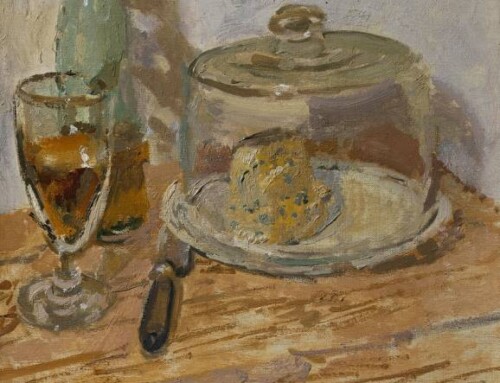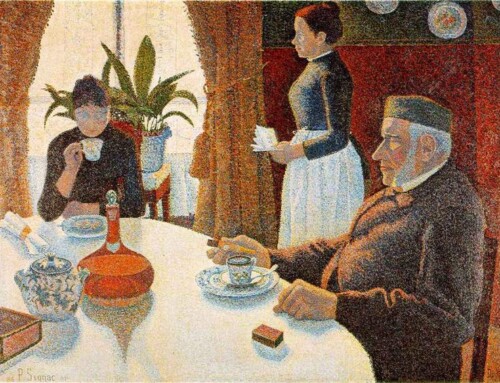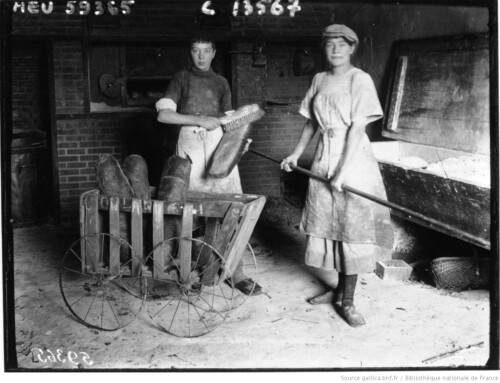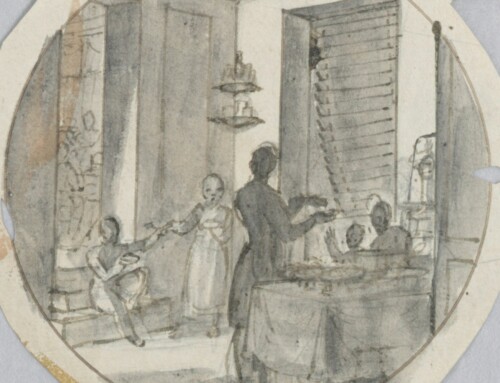Around eighty percent of the food items for consumption in current-day Guadeloupe are imported, mostly from France. One item that sidesteps this domineering situation is crab, which has an interesting history.
During the 18th and 19th centuries when slaves in Guadeloupe were forced to practice Lent, they decided to turn to crab as a major source of food. In the Guadeloupe of today, the town of Morne-à-l’Eau holds an annual crab festival (La Fête du Crabe) before Easter, with 2018 being its twenty-sixth year.
After slavery was abolished there in 1848, selling crabs became a source of income. As noted by the historian Franck Garain, “Avec l’Abolition de l’esclavage qui laisse les nouveaux libres face à eux-mêmes, le phénomène s’accentue et la vente de crabes permet aux familles de subsister, aux jeunes de s’acheter des ouvrages scolaires et de devenir ces ‘sujets’ : médecins, avocats, fonctionnaires (…)” (Chaville).
For Guadeloupeans who depend on non-farmed crab as a source of income or food now, there are environmental threats. For example, banana farming in the past few decades has produced so much pollution that fishing is banned in certain parts of Guadeloupe. Banana is currently one of Guadeloupe’s top five exports.
In the book Creole: The History and Legacy of Louisiana’s Free People of Color (2000), Sybil Kein notes that stuffed crabs prepared the Louisianian way are similar to the crabes farcis in Martinique and Guadeloupe (248).

« La Guadeloupe illustrée », Marchandes de homards et de crabes. By Unknown 1910 (Scan old postcard) [Public domain], via Wikimedia Commons. https://commons.wikimedia.org/wiki/File:Guadeloupe_marchandes_de_homards_et_de_crabes.jpg . Accessed September 2018.
▀▄▀▄▀▄
References & Suggested Reading
Chaville, Evelyne. “ ‘La Fête du Crabe’ : le rendez-vous des gourmets à Pâques.” Kariculture, 14 septembre 2016. https://www.kariculture.net/fete-crabe-rendez-gourmets-a-paques/ . Accessed September 2018.
Claeys, Arnaud, and Lambert. “The impact of legal vulnerability on environmental inequalities. A case study of coastal populations in Guadeloupe (French Antilles).” Comptes Rendus Geoscience, October-November 2017, Vol. 349(6-7), pp. 351-358.
Dromard, Charlotte R., et al. “Assessment of the contamination of marine fauna by chlordecone in Guadeloupe and Martinique (Lesser Antilles).” Environmental Science and Pollution Research 23.1 (2016): 73-80.
“Fête du Crabe à Morne à l’eau.” Parc national de la Guadeloupe. 2017.
Guadeloupe : produits du terroir et recettes traditionnelles, Volume 16 (L’ inventaire du patrimoine culinaire de la France). Paris: Albin Michel, 1998.
Kein, Sybil, ed. Creole: The History and Legacy of Louisiana’s Free People of Color. LSU Press, 2000.
Pickle, Rilee. “Locally Grown Produce Can Help Prevent Hunger in Guadeloupe.” The Borgen Project, 26 June 2017. https://borgenproject.org/locally-grown-produce-hunger-in-guadeloupe/ . Accessed September 2018.
Trecolle, Emmanuelle. “In Guadeloupe, going green means going bananas.” Phys.org, 16 May 2018. https://phys.org/news/2018-05-guadeloupe-green-bananas.html . Accessed September 2018.
Valo, Martine. “Guadeloupe and Martinique threatened as pesticide contaminates food chain.” The Guardian, 6 May 2013. https://www.theguardian.com/environment/2013/may/07/guadeloupe-economy-theatened-pesticides-pollution . Accessed September 2018.




